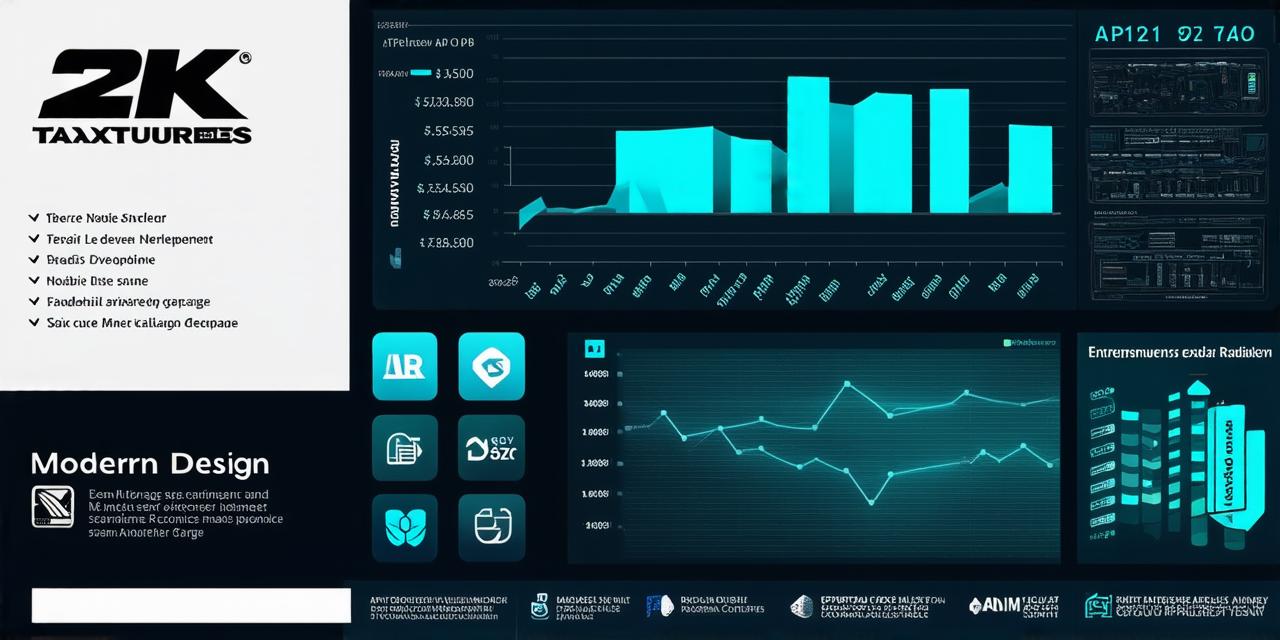As app development continues to evolve, many developers have turned to in-app purchases as a way to monetize their apps. However, not all in-app purchases are equally successful. In order to increase the likelihood of players making purchases, developers often employ various “nudges” that encourage players to buy additional content within the app.
1. Offering discounts on bundled purchases
One of the most common ways that developers encourage players to make in-app purchases is by offering discounts on bundles of content. For example, a developer might offer a package of three items at a lower price than if each item were purchased separately. This can be particularly effective when the items are related and likely to appeal to the same player.
Research has shown that people are more likely to make a purchase when they feel like they’re getting a good deal. By offering discounts on bundles, developers can create a sense of urgency for players to buy, especially if they know that these items will not be available at this price point in the future.
2. Creating a sense of scarcity
Another effective nudge is to create a sense of scarcity around certain items within the app. This might involve limiting the number of copies of an item available, or setting a time limit on when it can be purchased. By creating this sense of urgency, developers can encourage players to make purchases before it’s too late.
Research has shown that people are more likely to buy something if they feel like it will soon be unavailable. This is why many e-commerce sites use countdown timers and other tactics to create a sense of urgency around their products.
3. Offering incentives for in-app purchases
In addition to discounts and scarcity, developers can also offer players incentives for making in-app purchases. For example, they might offer bonus coins or items that are only available to players who have made a certain number of purchases within the app.
This can be particularly effective for apps that rely heavily on player engagement, as players may feel like they need additional resources in order to fully enjoy the app. By offering incentives for in-app purchases, developers can create a sense of progress and achievement for players, which can motivate them to buy more content.
4. Using social proof to influence behavior
Social proof is the idea that people are more likely to do something if they see others doing it. In the context of in-app purchases, developers can use this phenomenon to encourage players to make purchases by displaying the number of players who have already purchased certain items.
For example, a developer might display a message that says “X% of players have already purchased this item,” which could create a sense of urgency for other players to follow suit. Social proof can be especially effective when it comes to in-app purchases, as players may feel like they’re missing out if they don’t buy something that so many others are already using.
5. Creating a sense of exclusivity
Finally, developers can use exclusivity to encourage players to make in-app purchases. This might involve creating special items or events that are only available to players who have made certain purchases within the app.
By making these items exclusive to certain players, developers can create a sense of elitism that could motivate others to buy in order to gain access to these content. Research has shown that people are more likely to make a purchase if they feel like they’re getting something that’s not available to everyone else. By creating exclusive content within the app, developers can create a sense of prestige and exclusivity that could motivate players to buy more content in order to gain access to these items.

In conclusion, there are many different ways that developers can use “nudges” to influence player behavior and encourage them to make in-app purchases. Whether it’s through discounts on bundles, scarcity, incentives, social proof, or exclusivity, these tactics can all be effective at driving revenue from in-app purchases.
By understanding the psychology behind these nudges, developers can create more effective strategies for monetizing their apps and increasing player engagement. Whether you’re a developer looking to increase revenue from your app or a player looking to make informed purchase decisions, this article should provide some useful insights into the world of in-app purchases.



